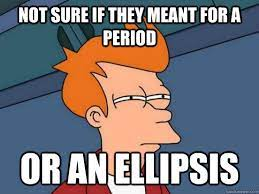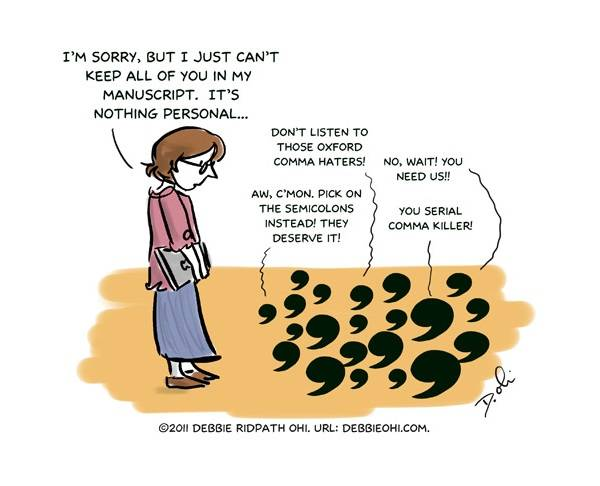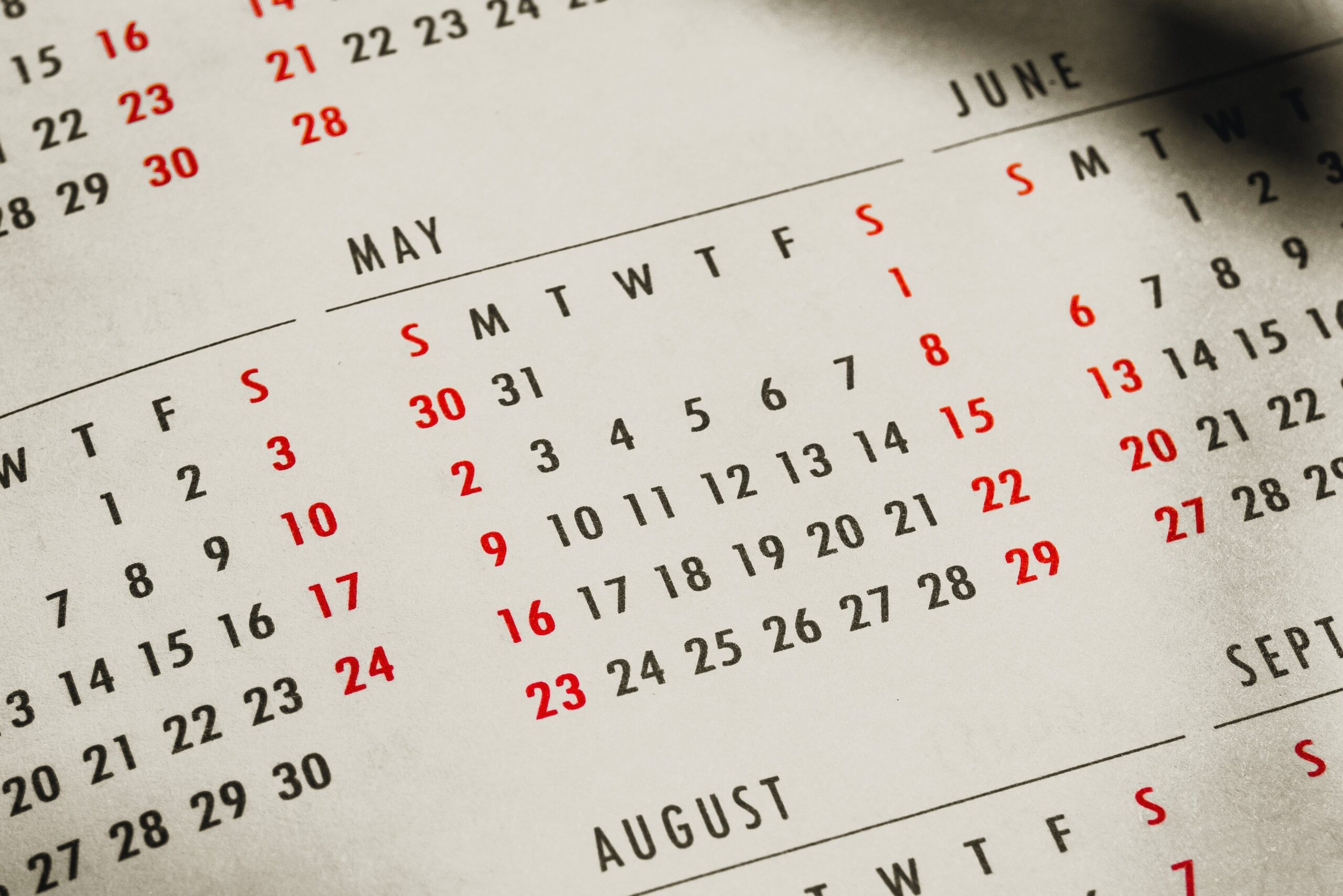Imposter syndrome is often the battle we face throughout our careers as authors, and the definition of success is a gray area that has no hard lines drawn. You’re not an imposter. You are now officially considered and dubbed a “Public Figure” in the public’s eye! Taking a step back, let’s first talk about the fact that once you decide to cross the line of writer to published author (Self-pub, small press, big publisher, etc.), you’ve officially become a celebrity, or in more legal terms, a public figure.
WHAT? A public figure? Who, me?
That’s right. The moment you decide to become accessible to the public and engage with selling your work in one way or another, you fall under this category, and there’s some legal ramifications. Your rights, the way lawyers and courts handle your involvement, and even how you fall in the hierarchy of society shifts. In doing so, you need to be diligent to establish and lock in your public presence, pulling much of it under your control. Let’s break this down!
Legality of a Public Figure
In the US, the definition and first impact on who and how a public figure is defined was first set during the New York Times Co. v. Sullivan case in the United States Supreme Court in 1964. The decision of you passing into the realm of a public figure can happen in several ways. It’s been defined as a person who has reached some level of fame, prominence, or notoriety within society through luck, achievement, action, or even through no purposeful action at all!
Yes, that’s right. You can accidentally and unknowingly become one! WHAT! In any case, action and achievement are the more important ones here that cause the main event for us authors. The moment you publish a book and achieve public awareness, this new challenge starts. Here’s some things that can be startlin. Even if you aren’t selling more than a few books a month, these can still impact you as an author or public figure:
- Defamation and slander will be harder to fight without obvious proof of actual malice.
- What you say can be held against you more so than any other time.
- You have a responsibility to the public.
- If there is a large enough presence and history, you can use public figure status as another proof of Identification for Notaries.
Establishing Your Public Figure Status
Marketing is the bane of any author, but this coincides with the ability to build stronger roots for your presence as a public figure. Being in control of your identity is vital, and there are several things you can do to secure your public image. Be sure to be consistent in biographies. Keep things up to date and use consistent branding, colors, images, covers, content, and more. You are the entrepreneur, and your books are your product, so commercialize how you present yourself. This helps with being able to prove and disprove your content and public figure status. We recommend establishing the following items if they are applicable to your individual journey:
- Lock in a website and domain name
- Copyright your books in your name, LLC, or Alias
- Register you pen names as a company or alias
- Pull and own your own ISBN (self-publishers especially!)
- Social Media accounts and presence (same naming pattern is a must!)
- Wikipedia author page
- BookBub author page
- Amazon author page
- Goodread author page
- Register yourself as a business on Google Business and similar sites
- Wikipedia book page(s)
- Anywhere you can add yourself as an author and professional!
Imposter Syndrome
We’ve interviewed HUNDREDS of authors, and it doesn’t take long to realize we all suffer from Imposter Syndrome. You know–that gut-wrenching sensation that we’re not a “real” author and make us wonder why are we even bothering to keep this “sham” going as a so-called “author.” Sound familiar? STOP IT. These negative insecurities happen even to successful authors such as Stephen King and Jonathan Maberry, and it can be mind blowing. When we struggle to write, to sell, to do events, to do anything under the umbrella of being an author, we tend to doubt ourselves. But you became a public figure the moment that book hit the hands of the public or was posted within access to them. You’re there. Check out our article on how to deal with imposter syndrome here!
Growing Your Public Figure Presence
Now we’re back to your current presence. You’ve barely sold a book, so you may wonder why any of this matters… STOP IT! You’re amazing, and you’ve done something many haven’t–put a piece of yourself out into the world in the hands of the public. CELEBRATE. You’re a public figure, and you shouldn’t be afraid to ask! Venture out of your comfort zone to make it known not only in your network, but in circles and places you wish to be part of. How? Start growing your presence by:
- Attend events by getting an artist alley or vendor table
- Participate in panels
- Teach workshops
- Introduce yourself to book clubs, libraries, and schools
- Send copies of your book to podcasts, influencers, book reviewers, and others involved in your circles who have proven status as public figures themselves
- Participate in interviews
- Create press releases
- Introduce yourself to brick-and-mortar bookstores using sell sheets or one sheets
- Create media kit or press kit for journalists
Remember: you’re a big deal now! You may not feel this, but you have the power to grow and make your presence known!





 or flames
or flames  to express to one another what “heat level” the romance story hot for them. So what is the heat level?
to express to one another what “heat level” the romance story hot for them. So what is the heat level? Heat Level 6
Heat Level 6 



